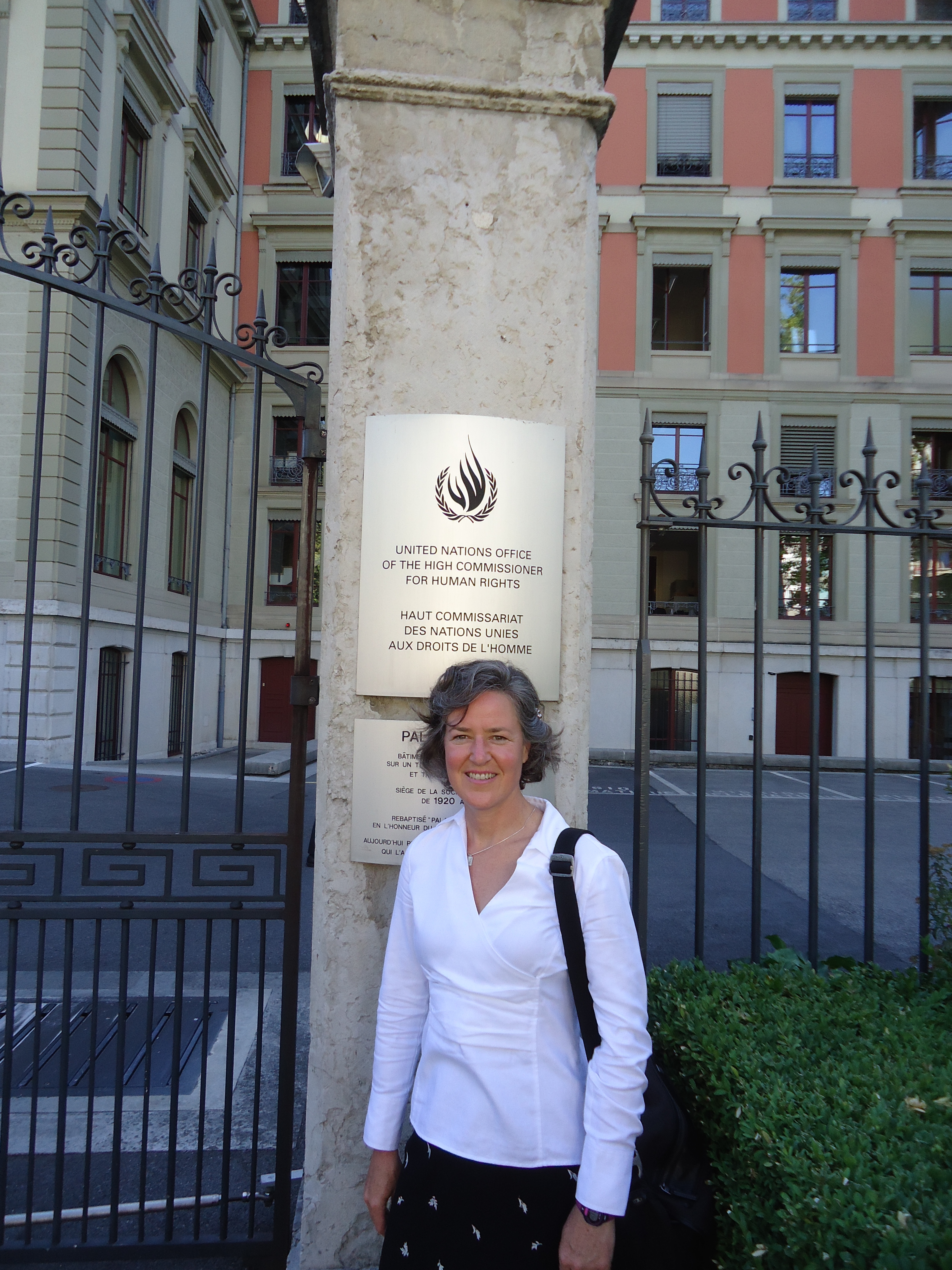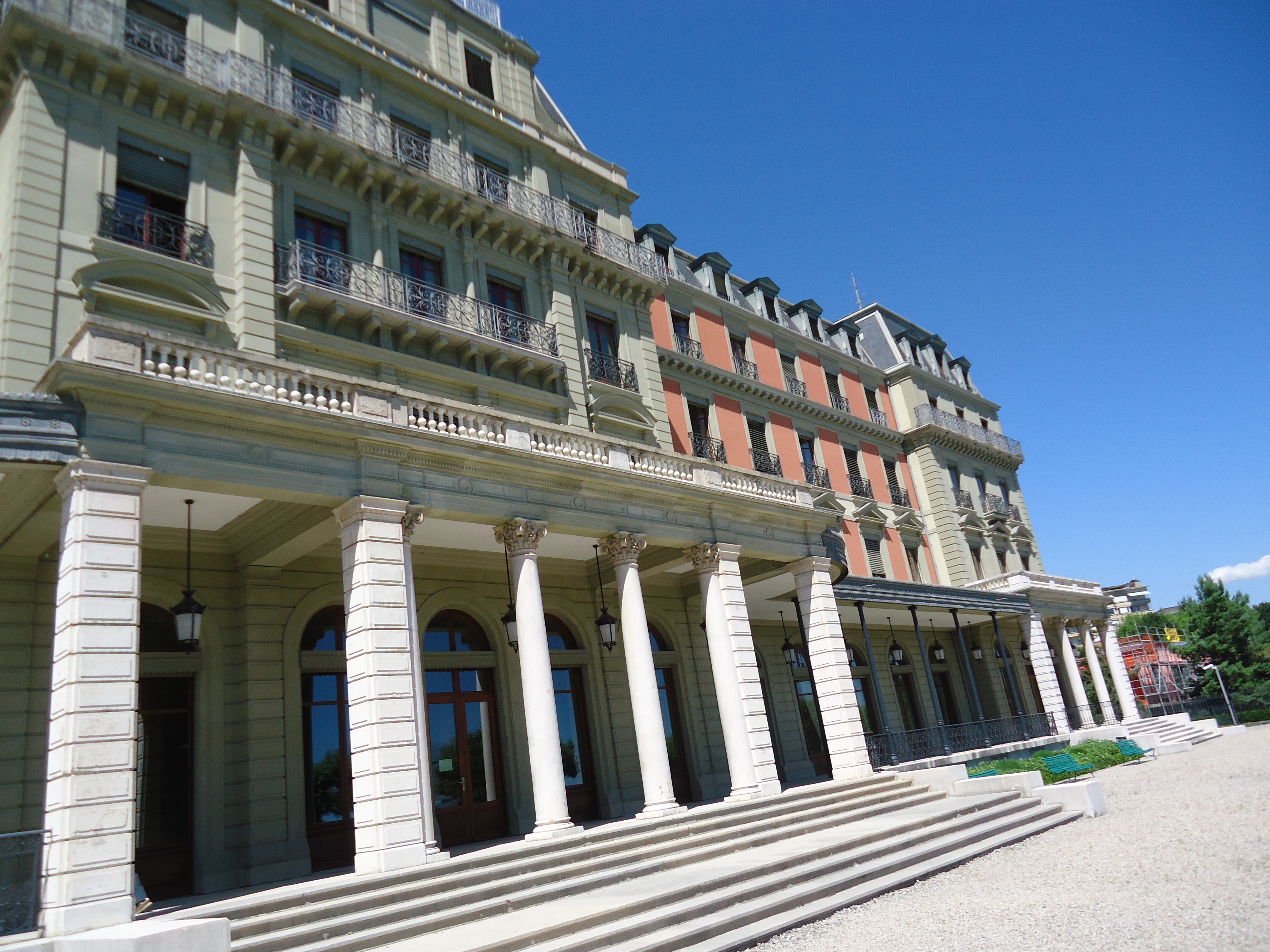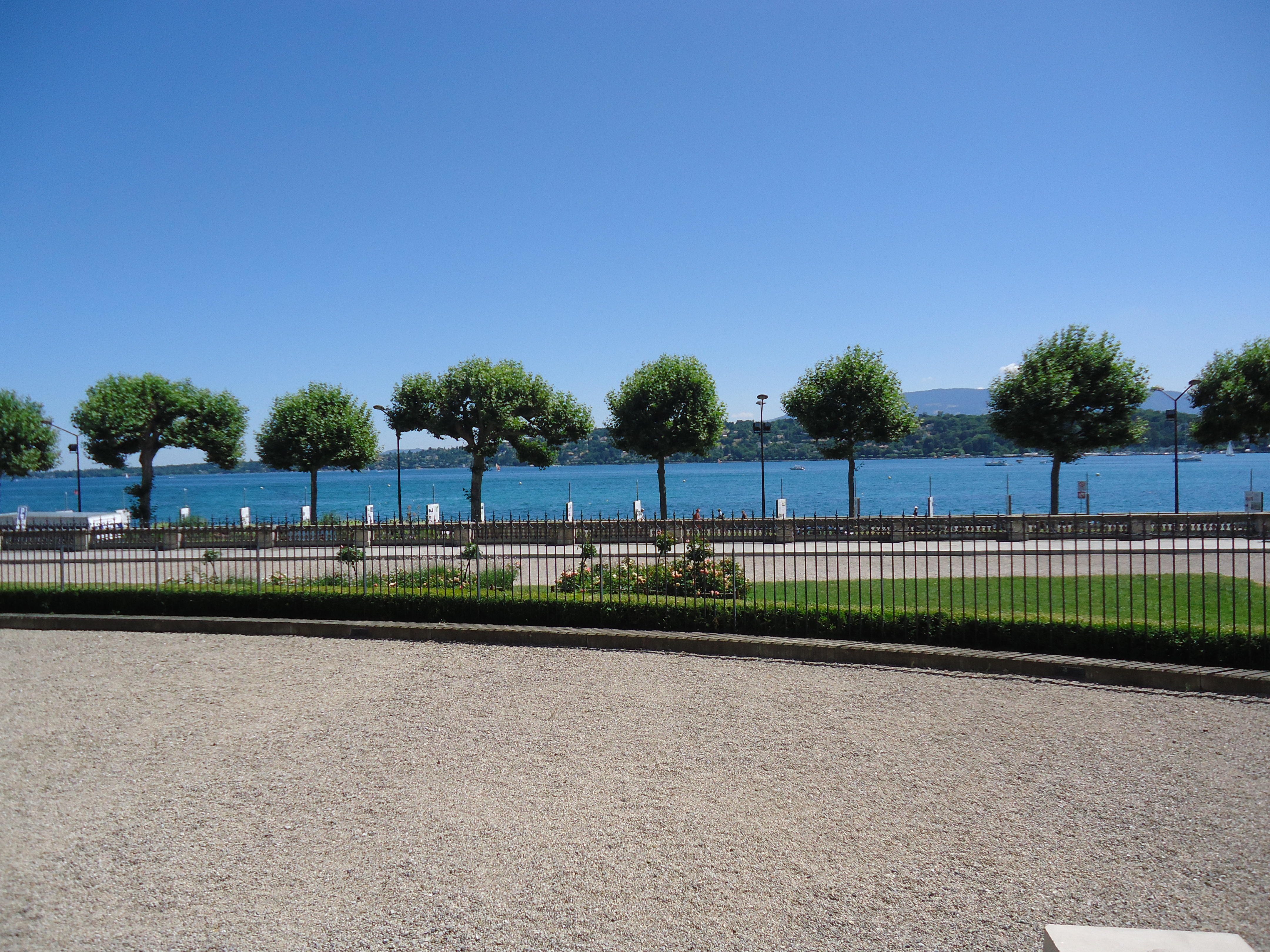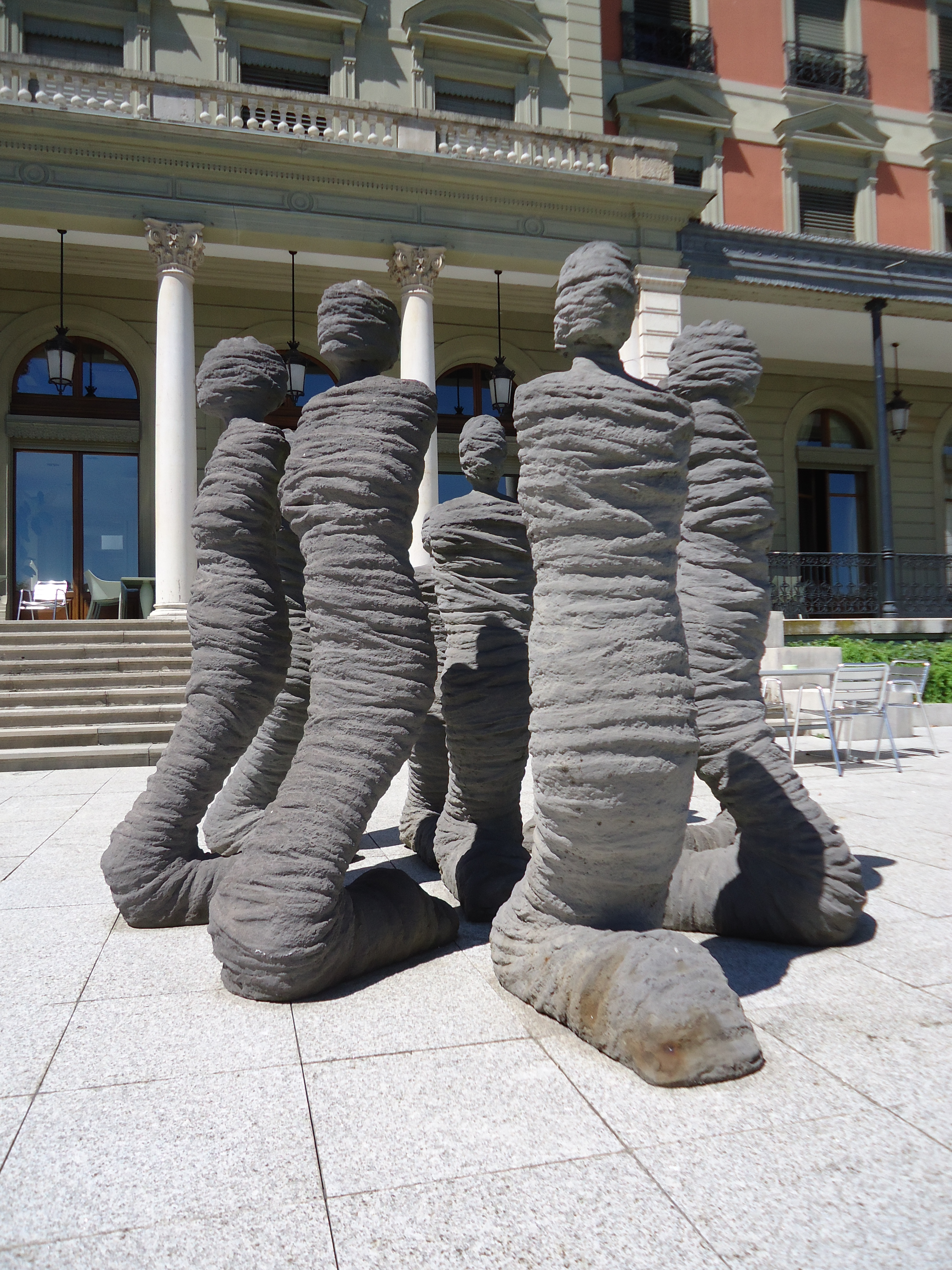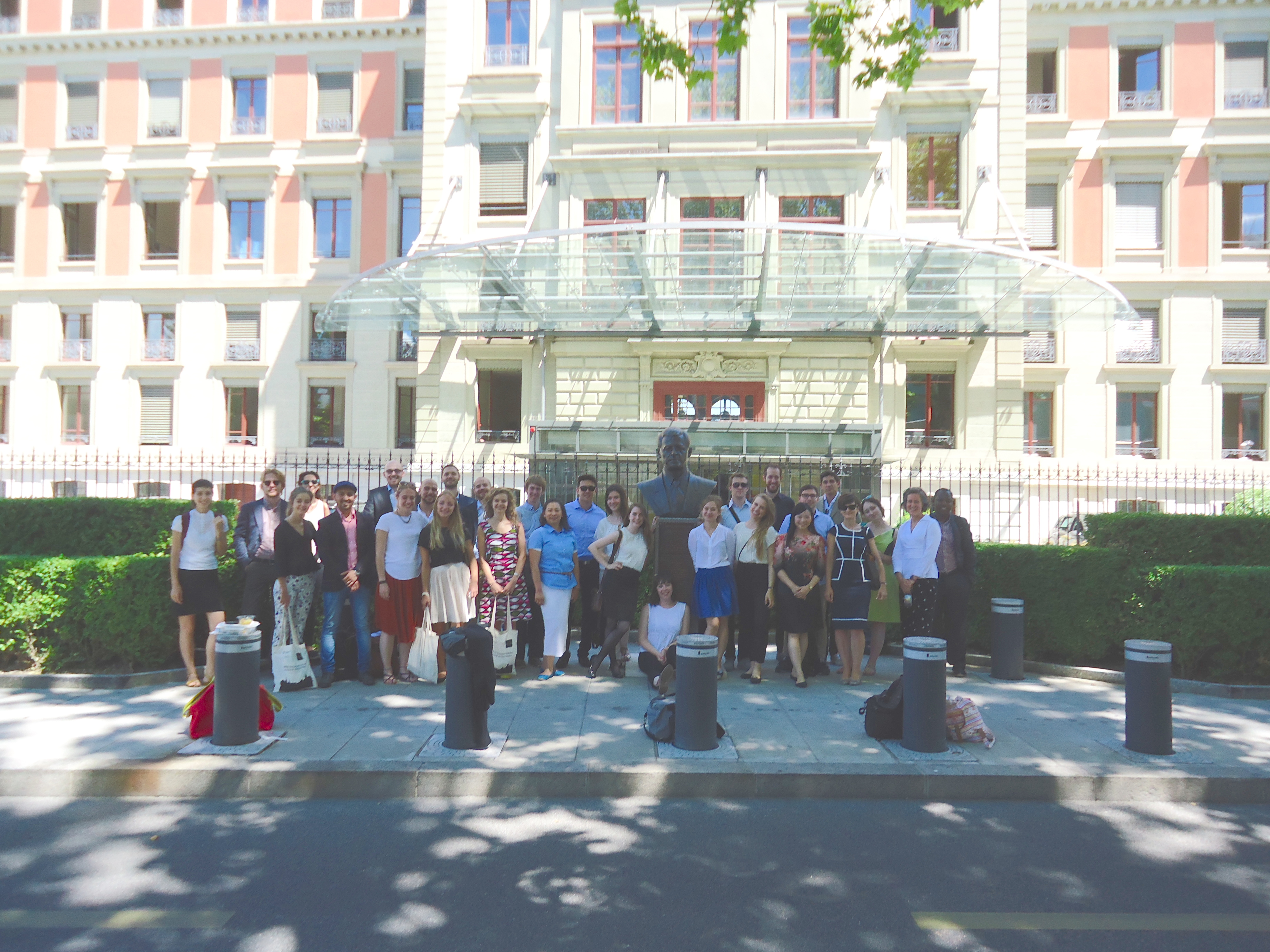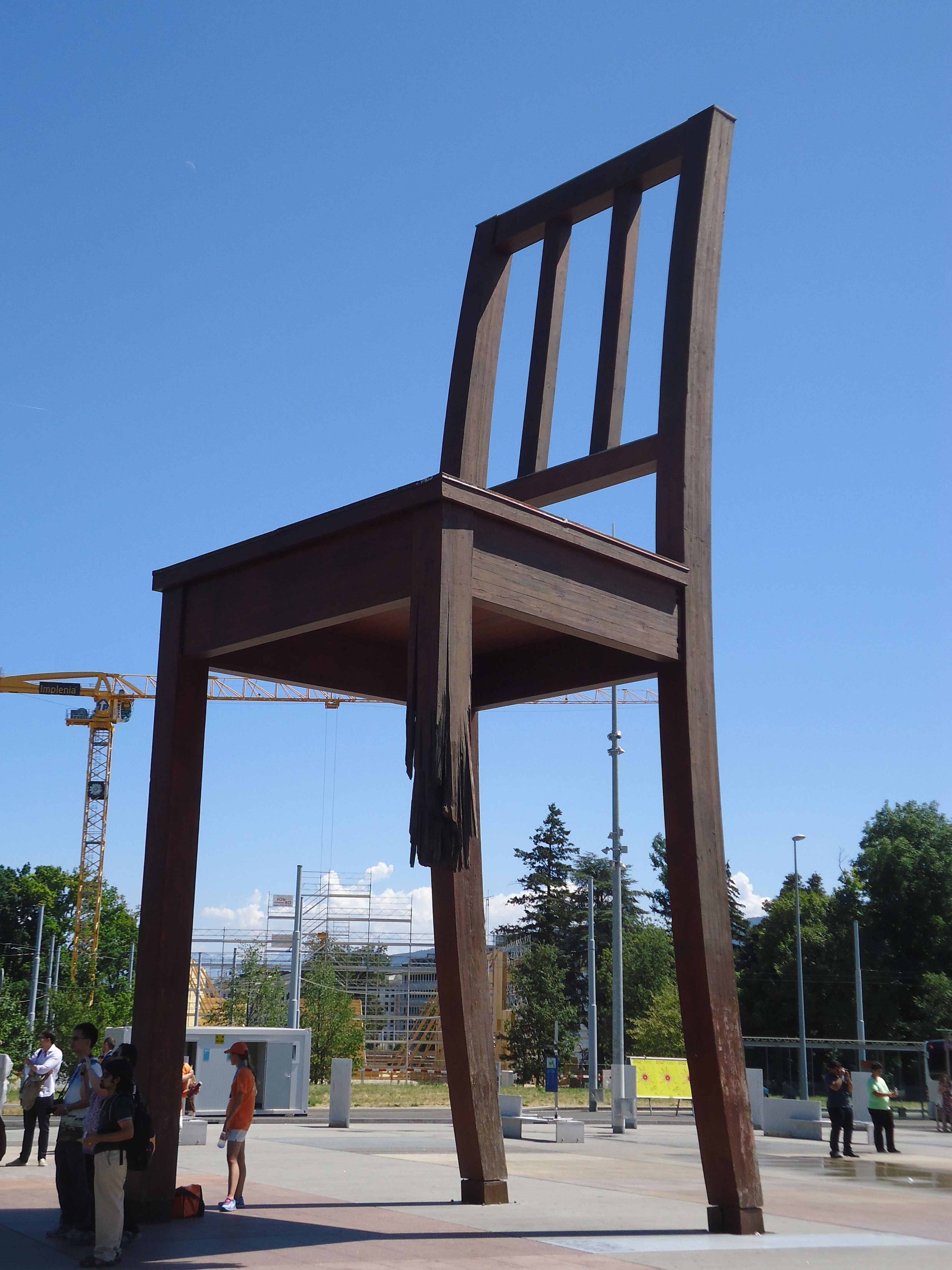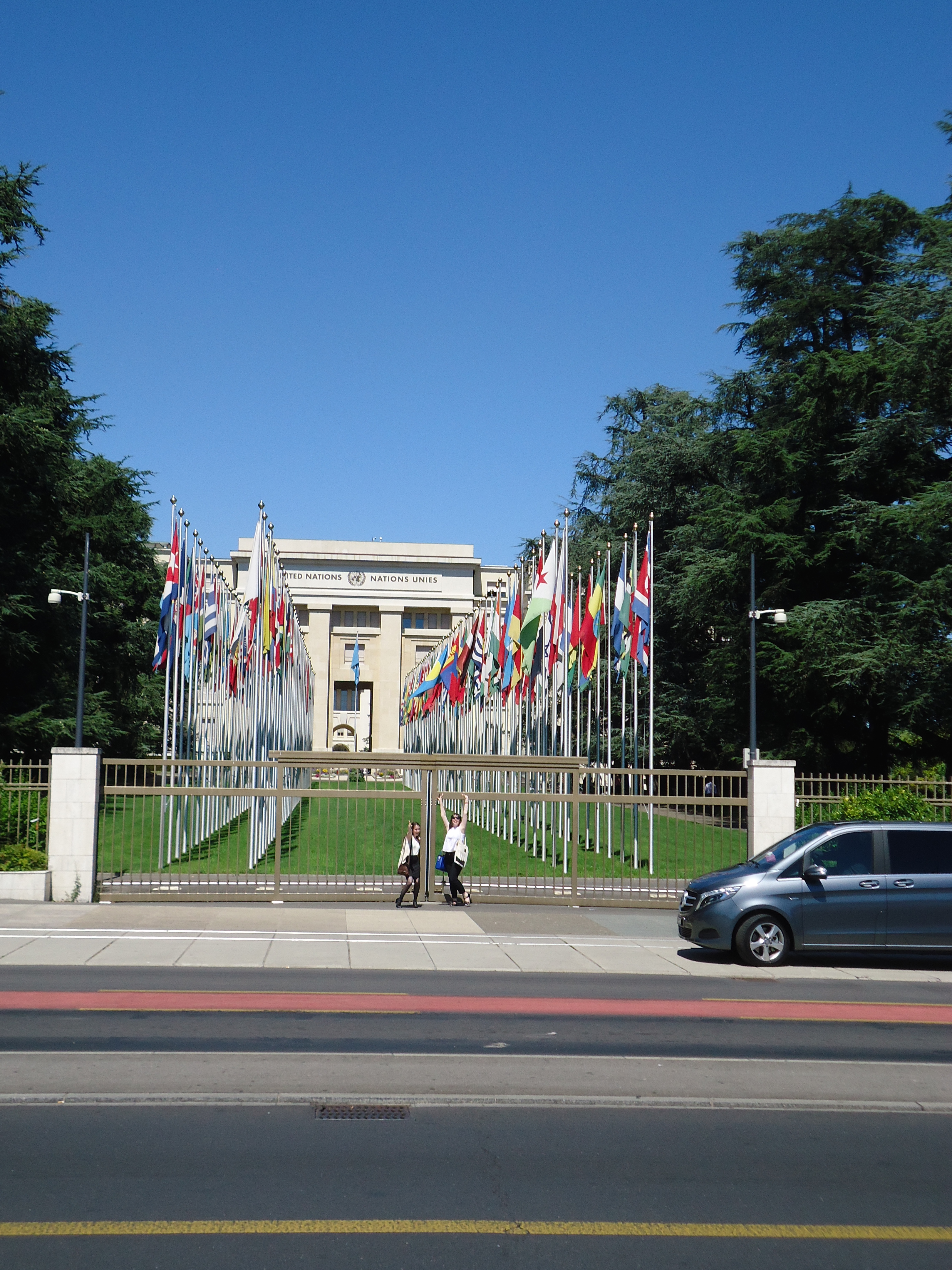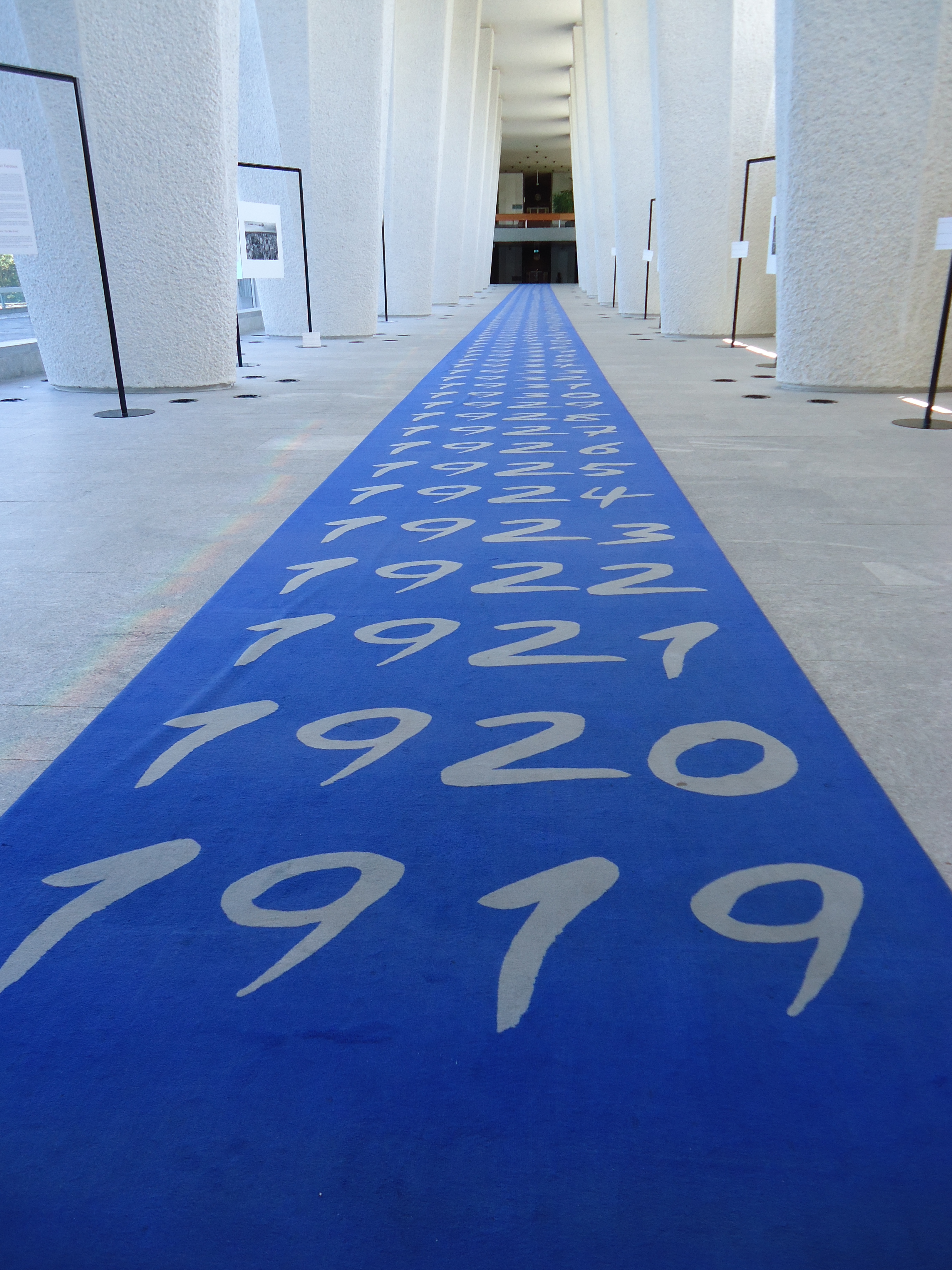We came, we saw, we sweated.
Today was our big day in Geneva. The moot court went very well. A member of the UN Committee on Economic, Social, and Cultural Rights--whose proceedings we were mimicking--said it was the best moot court he had ever seen and he wished his colleagues were there to see it. I won't bore you with the details but the Committee and the representatives of civil society gave Kenya the business. And to its credit, Kenya responded reasonably and thoroughly to our concerns regarding the treatment of women, of trade unions, of refugees, and a list of other matters.
We met at the UN High Commission for Human Rights in the Palais Wilson, formerly home of the League of Nations and named, of course, for President Woodrow Wilson.
The Palais has a nice view of Lake Geneva:
It has a sculpture that I could find no information on, but let's say it represents those who have no power and no voice.
Here we are post-moot feeling kind of WOOT WOOT!
This sculpture is dedicated to those who have lost limbs to land mines.
My fellow Queen's students feeling the UN love:
And this is the entrance court to the ILO.
In between the pillars is a photo exhibit by Ismail Ferdous, who has captured the human suffering of the Rana Plaza disaster like no one else. To get a taste of his work, check out this 5-minute clip.
I really like how he intersperses shots of our first-world retail shops with the devastation at Rana. It is the cold hard truth that cheap, fast fashion rests on garment workers making 18 cents an hour who were forced into a building that other workers (government employees and shop employees) had evacuated. The manager told the garment workers he would dock a month's wages if they didn't go to work (the day after the building had been evacuated due to a large crack; the day before it was to be inspected). Those are the conditions faced by the people stocking the shelves at WalMart, the Gap, H&M, Zara, Bennetton, etc etc.
7-21
